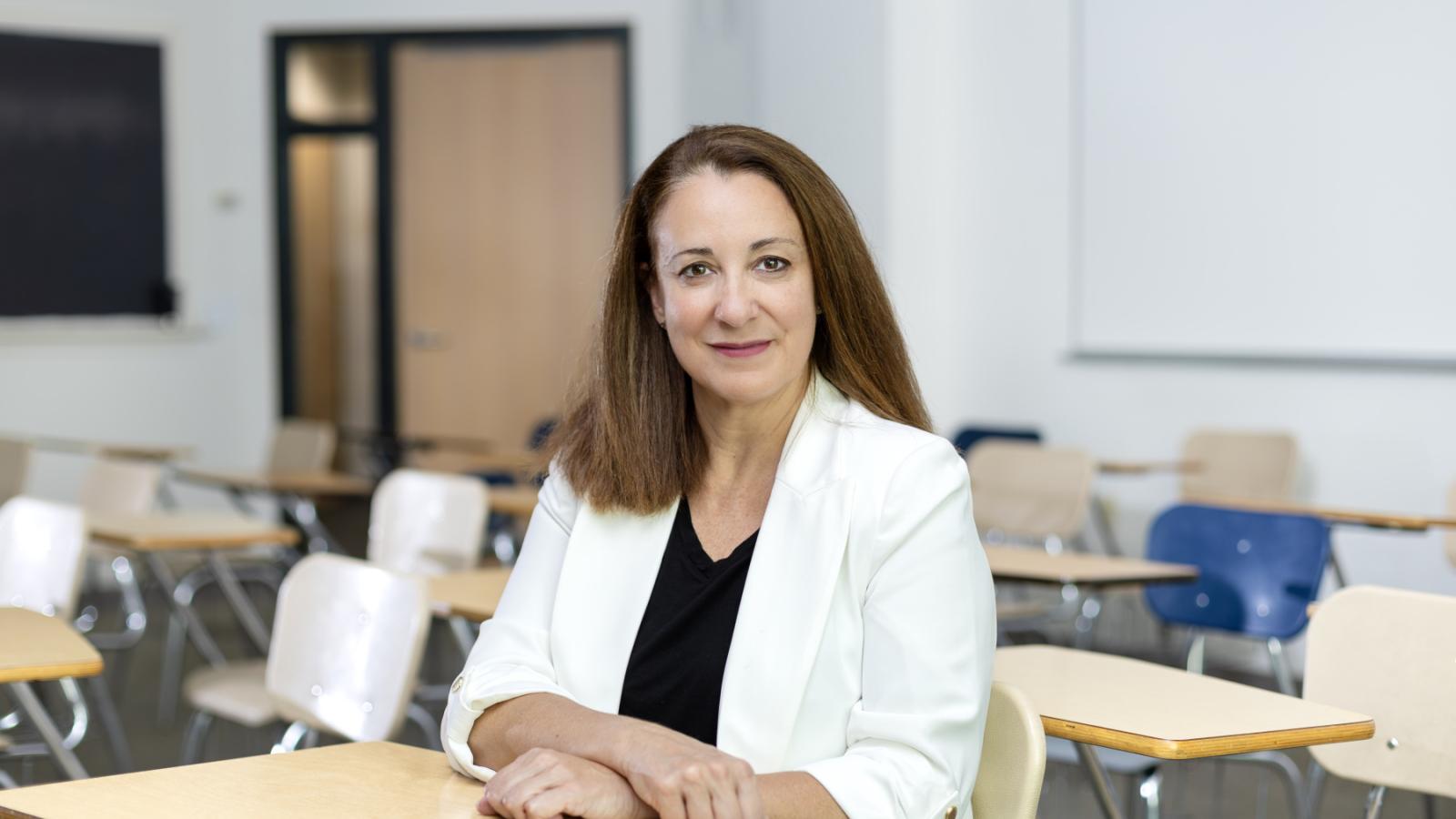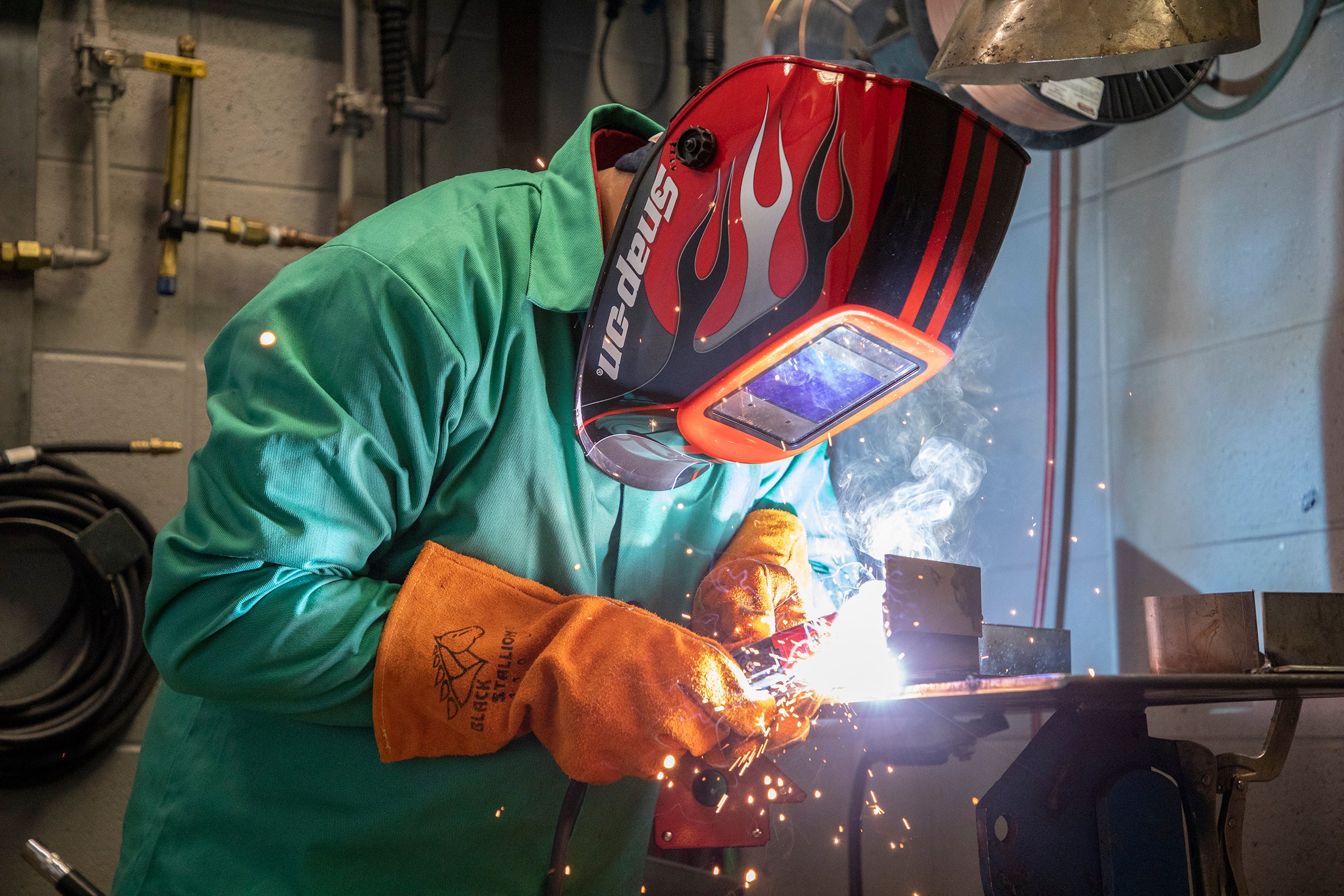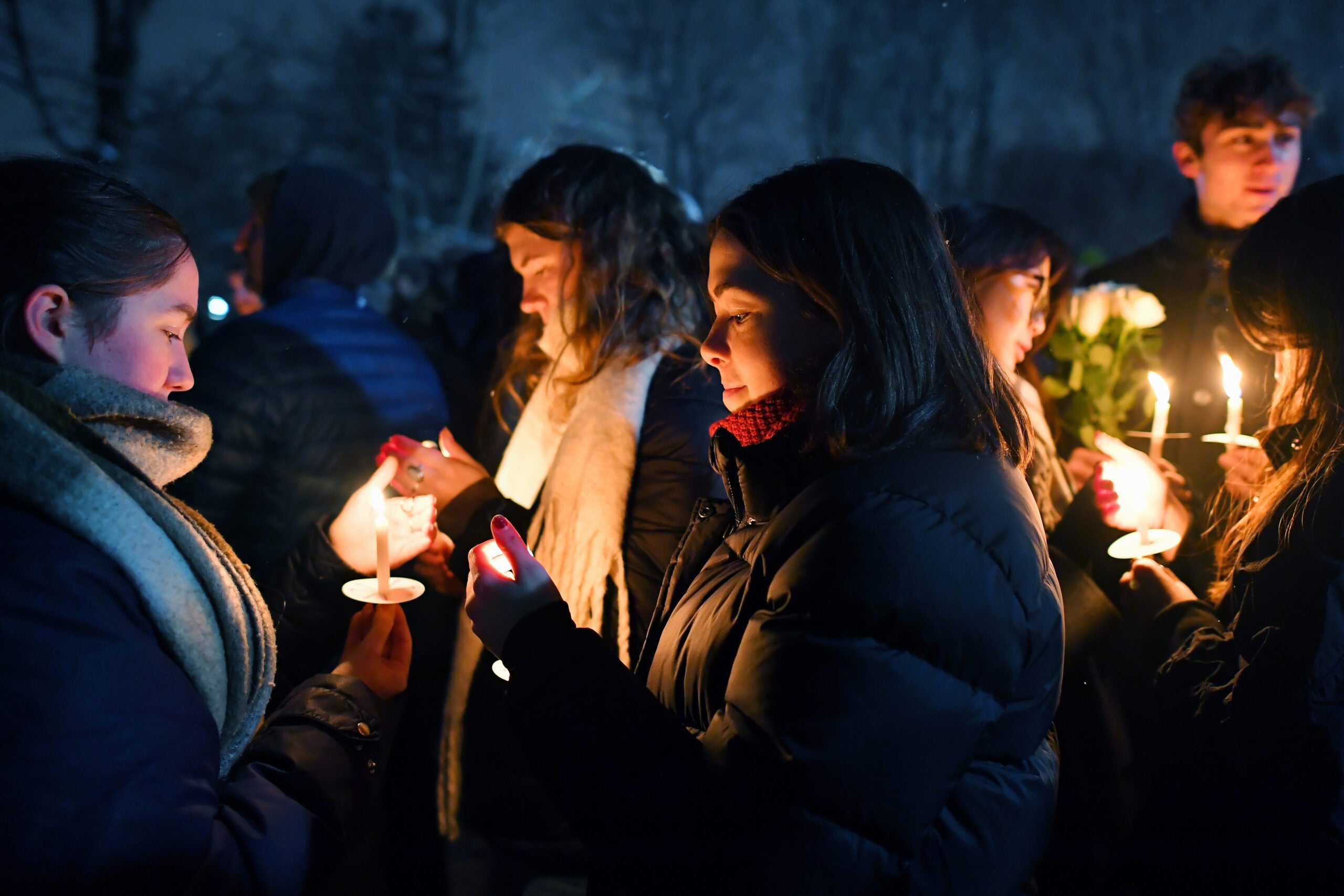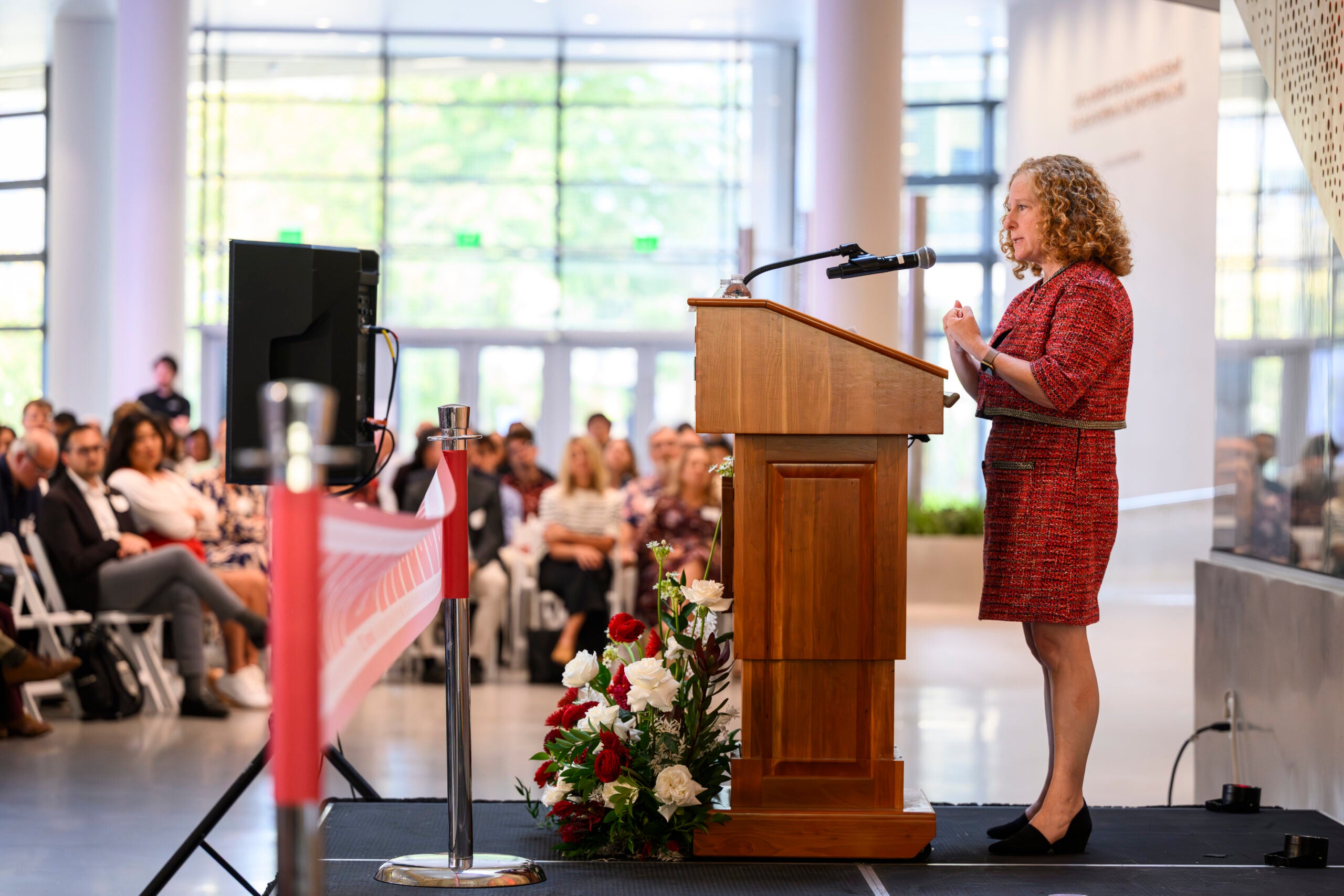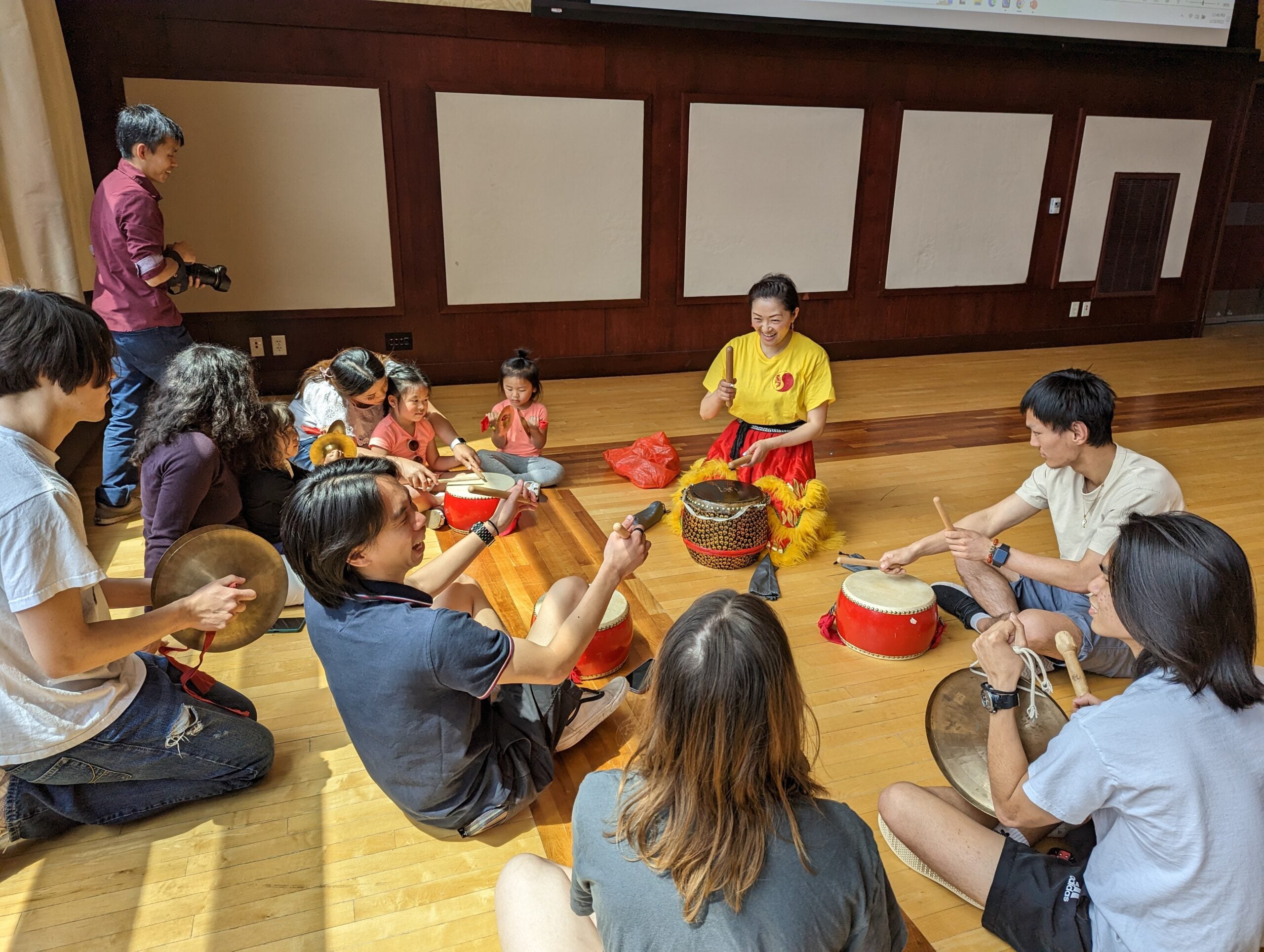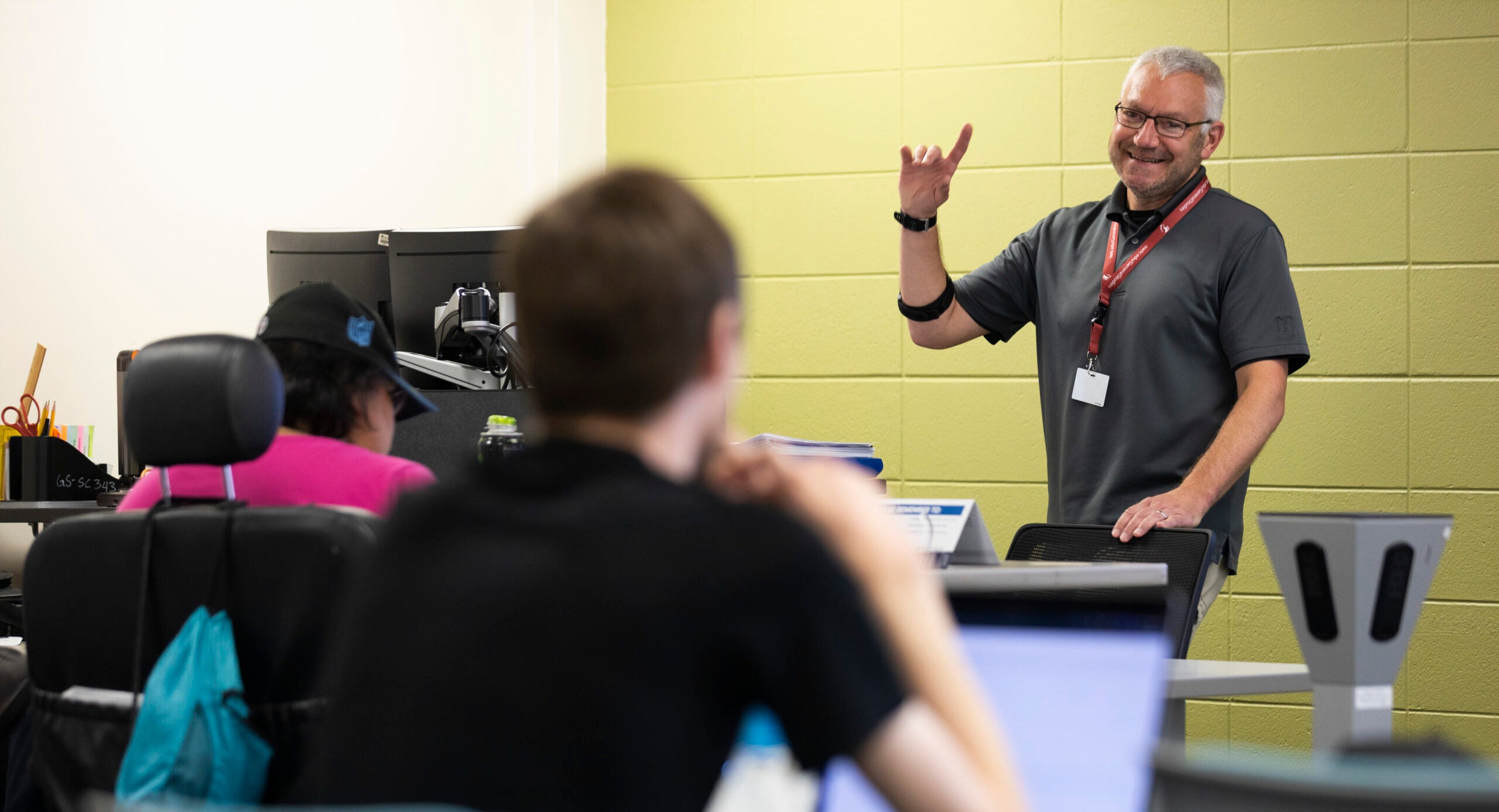Lawrence University professor Rosa Tapia is the new national chief academic consultant for the College Board’s AP Spanish program.
In a recent interview with Wisconsin Public Radio’s “The Morning Show,” Tapia said Advanced Placement courses can be a great incentive for students pursuing college.
“It can also have a financial impact, reducing or lowering their overall debt,” Tapia said. “What we know is that students are encouraged to go to college, they perform better while they’re there and they graduate on time — more so than students who don’t take AP classes.”
News with a little more humanity
WPR’s “Wisconsin Today” newsletter keeps you connected to the state you love without feeling overwhelmed. No paywall. No agenda. No corporate filter.
Spanish is the second most spoken language in America. Nearly 5 percent of Wisconsin residents speak Spanish at home, the U.S. Census Bureau estimates. That’s below the national average of 13.3 percent.
Tapia said one challenge of overseeing the AP Spanish program is drafting a course that caters to both students who speak the language at home and those who are learning the language without that experience.
The following was edited for brevity and clarity.
Kate Archer Kent: As a leader of the College Board’s AP Spanish Program, how well do AP courses in high school translate to college-level education?
Rosa Tapia: From my perspective as a professor, they translate very well. The exam that I oversee is equivalent to an intermediate-level college course in Spanish. When students get credit through their score in the AP exam, we know exactly where to place them. We know exactly what credit to give them. And we know exactly what they can do in the classroom, so we can tailor our own courses to match and meet them where they already are.
KAK: Can you give us a glimpse inside your world? What is the job of the chief reader in the AP Spanish exam?
RT: The main responsibility is to oversee the scoring, the evaluation of those hundreds of thousands of exams that you talk about. That involves working with a large team of almost 1,500 educators from high schools and colleges from across the country, from over 1,000 institutions, and getting them to score as a single person. You do the training and make it all happen over the course of one week to make sure that all students get their fair score and their chance to get the credit they need for college.
KAK: Is there ever debate over what should be in the exam?
RT: Always. You know with teachers, we love to debate about stuff. There are obviously thousands of educators teaching the course around the country. They have input in terms of what goes into the course. And there’s a team of educators developing the course itself, as well as the exam.
There’s always debate about what should be in it, and how it should evolve to make sure that we are up-to-date with what our expectations are of our students.
KAK: The census estimates roughly 5 percent of Wisconsin residents speak Spanish at home. How do you develop an AP Spanish program that caters to native and non-native speakers?
RT: That’s one of the most challenging and beautiful parts of this exam. As you know, Spanish is the second language of communication and business in the U.S. with more than 50 million speakers in the country. That means that more than half of the test takers of this exam have a personal or family connection to the language. The challenge here is to design an exam that is fair for them and also for students who are taking Spanish only in school as a second language.
The course is an interdisciplinary course in which students study topics related to family and communities, personal and public identities, beauty and aesthetics, science and technology, contemporary life and global challenges. It’s a very interdisciplinary curriculum that’s studied in the context of Spanish cultures outside the U.S. and in the U.S. in a way that is appealing to both speakers of Spanish who practice the language at home as well as those who only get to experience it in the classroom.
KAK: How can students practice Spanish outside the classroom?
RT: There are so many ways nowadays. Students ask me all the time, and I always ask them the questions, “What do you do for fun? What do you read for fun? What do you listen for? What source of music or podcasts, or what do you watch for fun?” And when they tell me, I’m like, “You can do the same but in Spanish.”
There’s so much entertainment and so many materials nowadays that are accessible for everyone. It’s just a matter of finding that time to do what you like for fun and committing to doing it in that other language you want to practice.
Wisconsin Public Radio, © Copyright 2026, Board of Regents of the University of Wisconsin System and Wisconsin Educational Communications Board.
